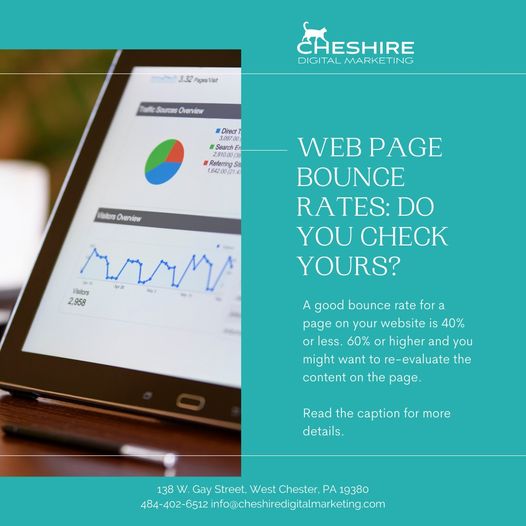
Have you ever visited a website, only to leave without clicking on anything else? If so, you’ve contributed to what’s known as a bounce rate. This metric measures the percentage of visitors who land on a website but leave without interacting further. Understanding bounce rates and how to improve them is crucial for website owners looking to enhance user engagement and drive conversions.
Why Bounce Rates Matter
A high bounce rate can indicate several issues with your website, including unengaging content, slow loading times, or poor navigation. When visitors leave your site without exploring further, it suggests that they didn’t find what they were looking for or that the content didn’t meet their expectations. This can be detrimental to your website’s performance and can lead to missed opportunities for conversions.
Understanding why visitors are bouncing can provide valuable insights into how to improve your website. For example, if you have a high bounce rate on a particular page, it may indicate that the content on that page is not relevant or engaging enough. By identifying and addressing these issues, you can lower your bounce rate and improve the overall user experience.
A low bounce rate, on the other hand, suggests that visitors are finding your content valuable and engaging. This can lead to increased time spent on your site, more page views, and ultimately, higher conversion rates. By monitoring and optimizing your bounce rate, you can ensure that your website is effectively engaging visitors and driving them towards your desired actions.
Strategies to Improve Bounce Rates
- Improve Content Relevance: Ensure that your content meets the expectations set by your marketing efforts and provides value to your visitors. Conduct keyword research to understand what your audience is searching for and tailor your content accordingly.
- Optimize Page Load Time: Faster loading pages are more likely to keep users engaged and prevent them from bouncing. Compress images, minimize server response times, and leverage browser caching to improve your website’s speed.
- Mobile-Friendly Design: With a significant number of users accessing websites through mobile devices, having a mobile-friendly design is essential. Use responsive design techniques to ensure your website looks and functions well on smartphones and tablets.
- Clear Navigation: Make it easy for users to find what they’re looking for by organizing your content logically and providing clear menus and navigation links. Use descriptive labels and avoid cluttering your navigation menu with too many items.
- Use Engaging Visuals: Captivate users’ attention and encourage them to explore your site further with high-quality images and videos. Use visuals that are relevant to your content and convey your brand’s message effectively.
- Call to Action: Guide users to engage further with your site by including clear and compelling calls to action. Use action-oriented language and place your calls to action strategically throughout your website.
By implementing these strategies, you can lower your bounce rate and create a more engaging and user-friendly website. Remember to regularly monitor your bounce rate and make adjustments as needed to continue improving the user experience. With time and effort, you can create a website that keeps users coming back for more.
